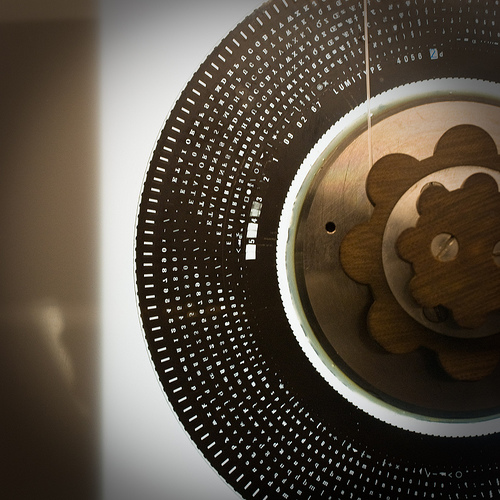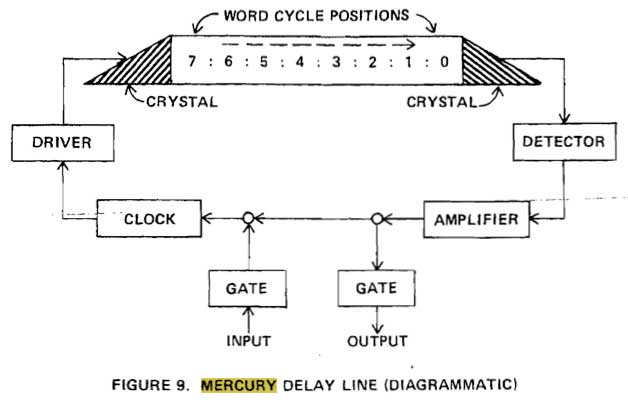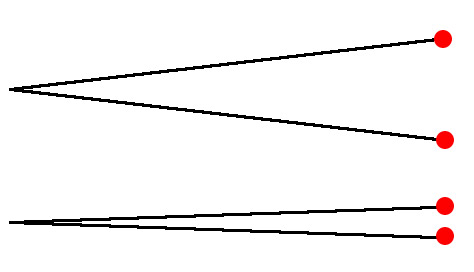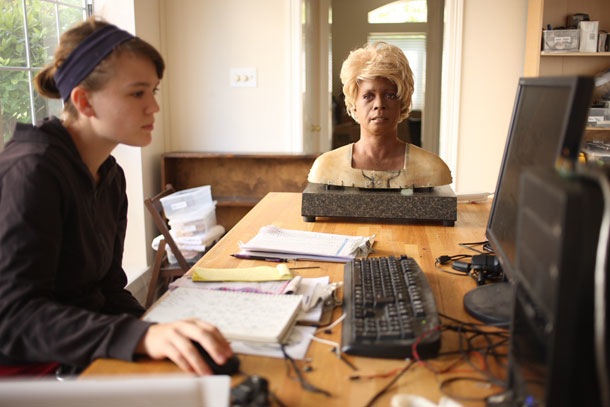Archeology Magazine has a feature story about the “digital archeologists” behind Visual6502, the group “excavating” and fully remapping the inner workings of the classic 8-bit MOS Technology 6502 microprocessor. That might not sound interesting, but if you’ve been alive for more than 20 years you know the chip: it was the heart of early home computers ranging from the Apple I and Apple ][ to the Atari game consoles all the way up to the Nintendo NES.
Very cool and all, but in case you’re still not interested, here’s some excellent trivia slipped into the article:
In the 1984 film The Terminator, scenes shown from the perspective of the title character, played by Arnold Schwarzenegger, include 6502 programming code on the left side of the screen.
Whaaat!? The SFX team working on The Terminator went so far as to copy actual assembly code into their shots? That’s pretty awesome! So where’d they get it? It was copied from Apple II code published in Nibble Magazine (even the T-800 enjoys emulators when its not busy hunting down humanity, I guess).
Bonus nerdery: check out this HTML5 + JavaScript visual simulation of the 6502 chip. Holy smokes!
(Via Discover, photo from the Visual6502 site)





